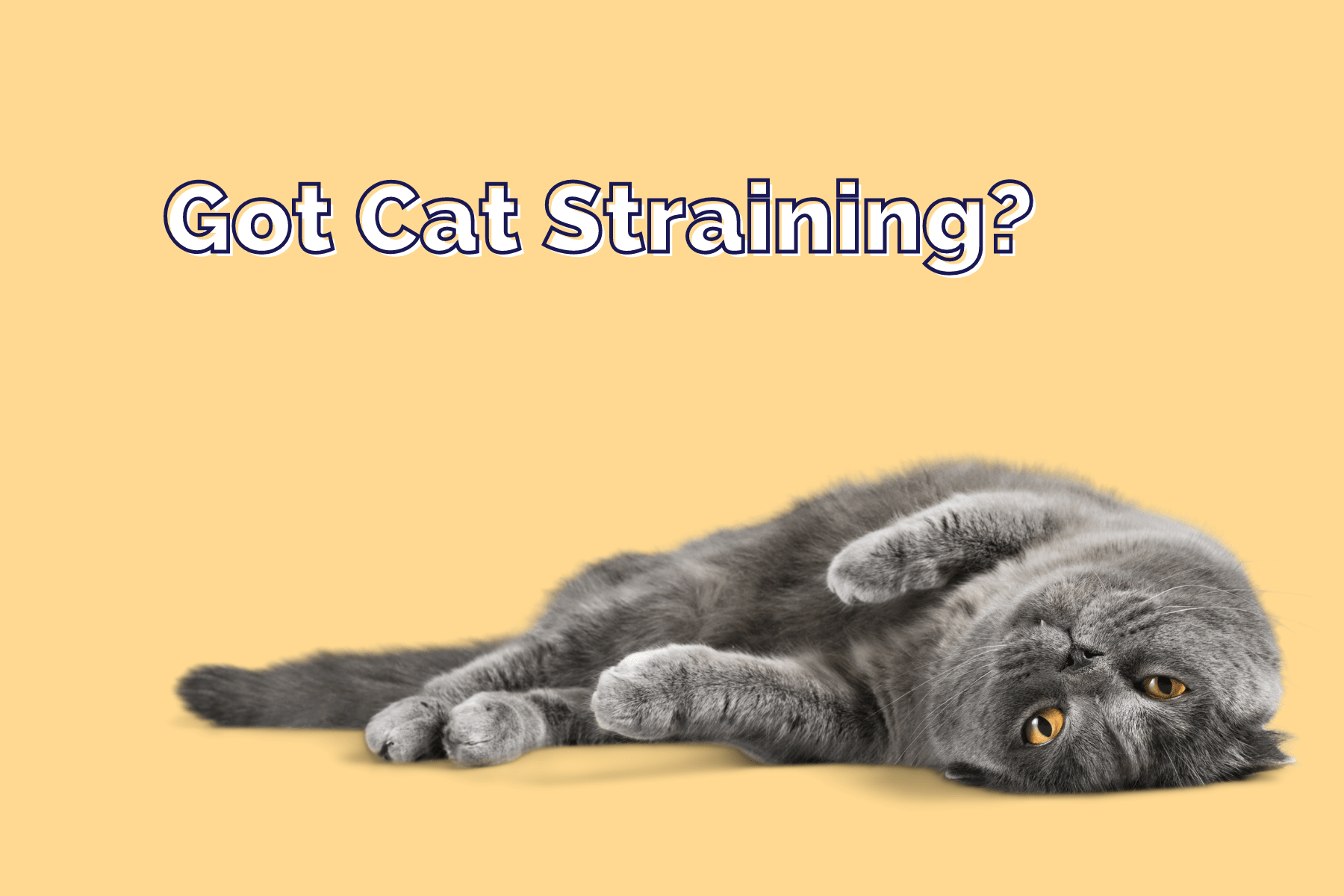
Have you caught your cat straining to go to the bathroom? Otherwise known as a “blocked cat.” Hopefully you called your vet right away. If he’s straining right now and that’s why you googled this… now would be a good time to call the vet! If you are in Orange county our office number is 949-768-1313.
We handle a lot of cat surgeries here at APCC, most commonly: spays and neuters, dental surgery, abscesses and obstructions; but removing a urethral plug is something we do at least once a month for cats, and we manage even more cases of blocked cats.

So what is “getting blocked” and why is it so dangerous?
There are a variety of conditions that cause feline lower urinary tract disease, but in the worst case scenario, your cat is “blocked” with something called a urethral plug. This accumulation of proteins, cells, crystals and debris in the urine combine together to form a plug, and block their urine from escaping. Male cats’ urethra is only 2 mm wide, and is the reason why male cats are the only ones getting blocked. This blockage is life threatening.
Symptoms
The symptoms your cat could be displaying are:
- Little to no urine coming out
- Obvious signs of feeling uncomfortable while in or out of the litter box, (making a face)
- Urinating outside the litter box (because they start associating the litter box with pain)
- Blood in their urine.
Prevention
There are ways to prevent blockages.
The best way? Increase water intake. But it’s not as simple as getting your cat to drink more water because… well, we all know what it looks like when we try to get our cat to do literally anything; it can feel impossible. So instead, let me take you on a cat evolutionary journey to understand how we can best increase water intake.
Cats are strict carnivores, eating a high protein, zero carbohydrates, no grain diet.
A cat that lives in the wild is actually eating about 80% of their necessary water intake. That’s because their diet consists of 90% field mice, and can you guess what field mice are mostly made up of? You guessed it, water.
(Oh and btw, the other 10% of their diet is bugs and birds).
Now let’s contrast that with our typical indoor male cat. He’s inside all day, not catching any stray mice or birds, and eating a pretty regimented diet of dry kibble from an automatic feeder.
Couple this dry diet with the fact that cats don’t have a high thirst drive (like that of humans or dogs) and he’s at best moderately dehydrated and at worst severely dehydrated. The water he drinks from his bowl isn’t doing enough to offset a dry diet. This dehydration means cats are lacking the water in their system to flush out and break down debris build up, and therefore increase the likelihood of blockages (among a lot of other issues).
The Solution
So how can we get our indoor cats to intake more water (and improve their overall health)?
Canned Food. And particularly, canned food that is grain free, carbohydrates free, just MEAT. This is the best way to replicate the outdoor cat’s diet that they are adapted to.
It’s extremely rare to ever see a blocked cat that’s on a canned food diet.
Case Study
“Thor” came to APCC when he was 11 months old, an indoor kitten eating a kibble diet. He had been peeing outside of his litter box – on the dog bed, on the floor, but at the time he came in he was not blocked yet. Dr. Northrop explained to his mom some of the signs of straining to look for and started him on canned food immediately… but a few days later he made a really uncomfortable face at his mom and she immediately recognized it as straining. She quickly brought him into APCC and while under anesthesia, we placed a urinary catheter to remove the blockage.
He’s doing just fine now, but in the moment the options were surgery or euthanasia; that’s how serious blockages can be.


Stress Management
Unfortunately a canned diet won’t fix all of your cat’s issues, but it’s a factor that we, as humans, can control at great benefit to your cat.
Stress is also thought to play a huge factor in cats that get blocked.
Did you know a cat’s bladder is their stress organ? In humans and dogs, it’s the colon… and the reason why you may find yourself having diarrhea before doing something particularly nerve wracking. The inflammation in the colon causes that reaction when in times of stress. For cats, their bladder is the stress organ. When they are particularly stressed it inflames so much it can also cause a blockage.
If you can control your cat’s stress management, and increase water intake, then you are setting your cat up for the most success.
Resources
It may be a tall task asking your cat to switch to canned food diets (see above: “it can feel impossible to try to make your cat do anything”) so Dr. Lisa Pierson, DVM has created a website called https://catinfo.org/ that can help you and your cat make the switch to canned food. If you’re not convinced to make the switch after reading my article, you will be after reading her website!
By the way, after researching for this article, I switched my cat to a canned food diet and he was immediately sold on it.
You can set up an appointment with us at 949-768-1313 to talk about your cats’ nutrition choice!


Recent Comments